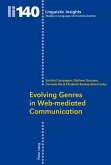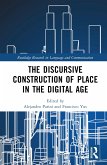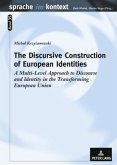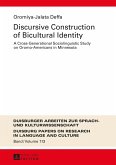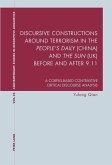Over the last few years there has been a burgeoning interest in both space and place as linguistic phenomena. Some of this interest stemmed from studies on the situatedness of language and speech in time and space and how deixis anchors speech to a context. Both our frame of reference with respect to surrounding space and how we conceive and describe it are closely linked to the language we speak. This is why different cultures perceive spatial relations differently, with speakers of one language, for instance, encoding spatial relations with respect to absolute directions while speakers of a different language use egocentric terms.
This book focuses on space, place and the discursive construction of identity in the present, globalized era, where technological developments are causing a change in the perception of spatial boundaries and geographical locations, and identities are experienced in hitherto unknown ways.
This book focuses on space, place and the discursive construction of identity in the present, globalized era, where technological developments are causing a change in the perception of spatial boundaries and geographical locations, and identities are experienced in hitherto unknown ways.


